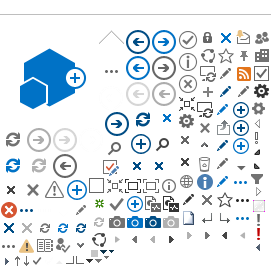ESIstream protocol is born from a severe need of the following
combination:
-
Increase rate of useful data, when linking data converters operating at
GSps speeds with FPGAs on a serial interface, reducing data overhead on
serial links, as low as possible.
-
Simplified hardware implementation, simple enough to be built on RF SiGe
technologies.
ESIstream provides an efficient High-Speed serial interface based on a
14B/16B encoding using a Linear Feedback Shift Register (LFSR) scrambling
unit, a Disparity Bit (DB) to ensure deterministic DC balance transmission
and a toggling bit, the Clk Bit (CB), to enable synchronization
monitoring.
It is license-free and supports in particular serial
communication between FPGAs and High-Speed data converters.
However, ESIstream can be used in any system requiring a serial interface.
For instance, between two FPGAs or two ASICs.
An ESIstream system is made up of the following elements.
-
A transmitter (TX) can be an ADC or any Logic Devices (LD) such as a
FPGA or an ASIC.
-
A receiver (RX) can be a DAC or any Logic Devices such as a FPGA or an
ASIC.
- A number of serial lanes (L ≥ 1) to transmit serial data.
-
A synchronization signal (sync) used to initialize the communication and
synchronize the transmitter and receiver. On a single device, only one
occurrence of the SYNC signal is necessary between the transmitter and
the receiver even if multiple serial links are implemented.
There is no clock lane in a serial interface. For each lane, the receiver
should recover the clock from the data.
